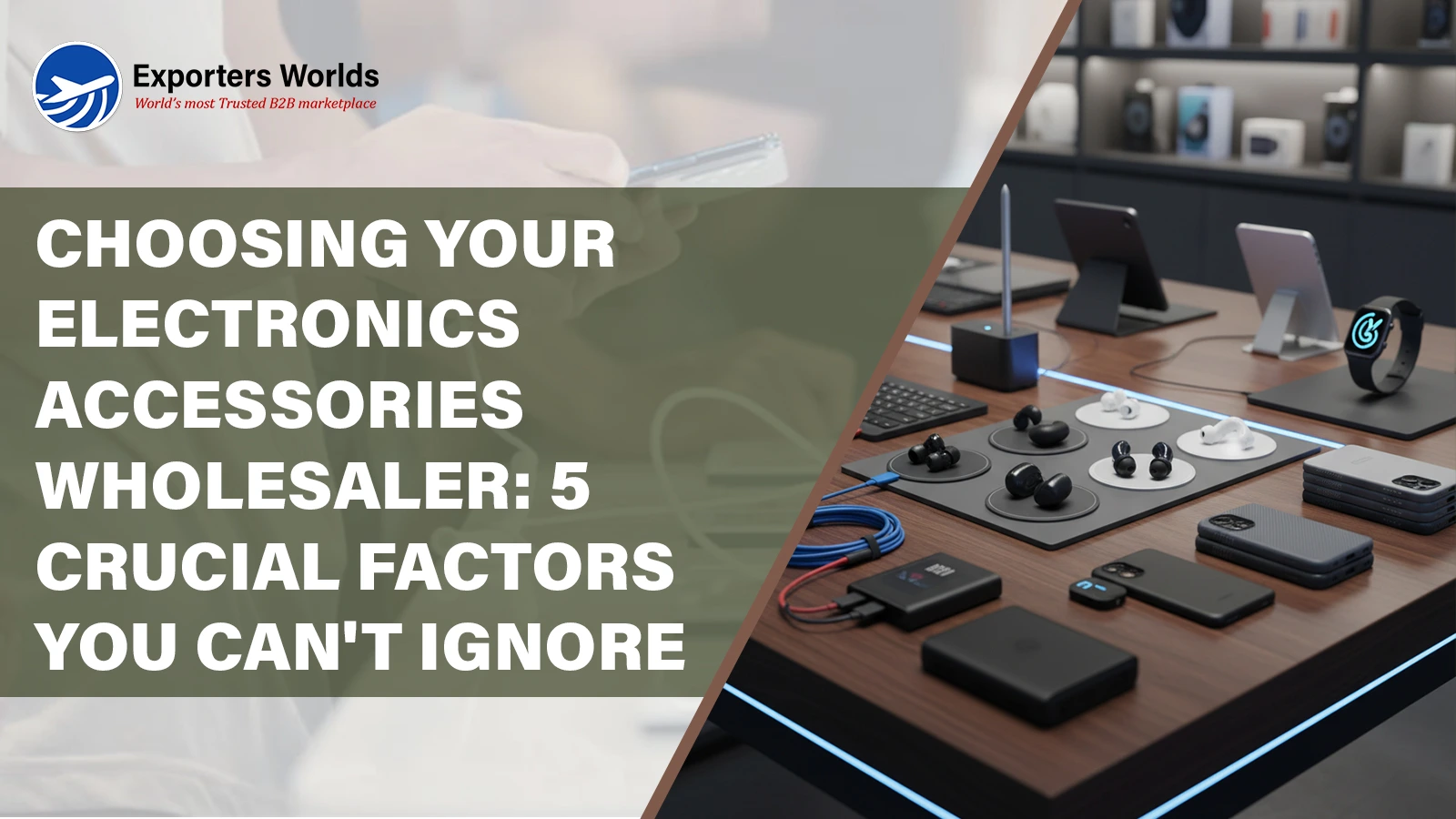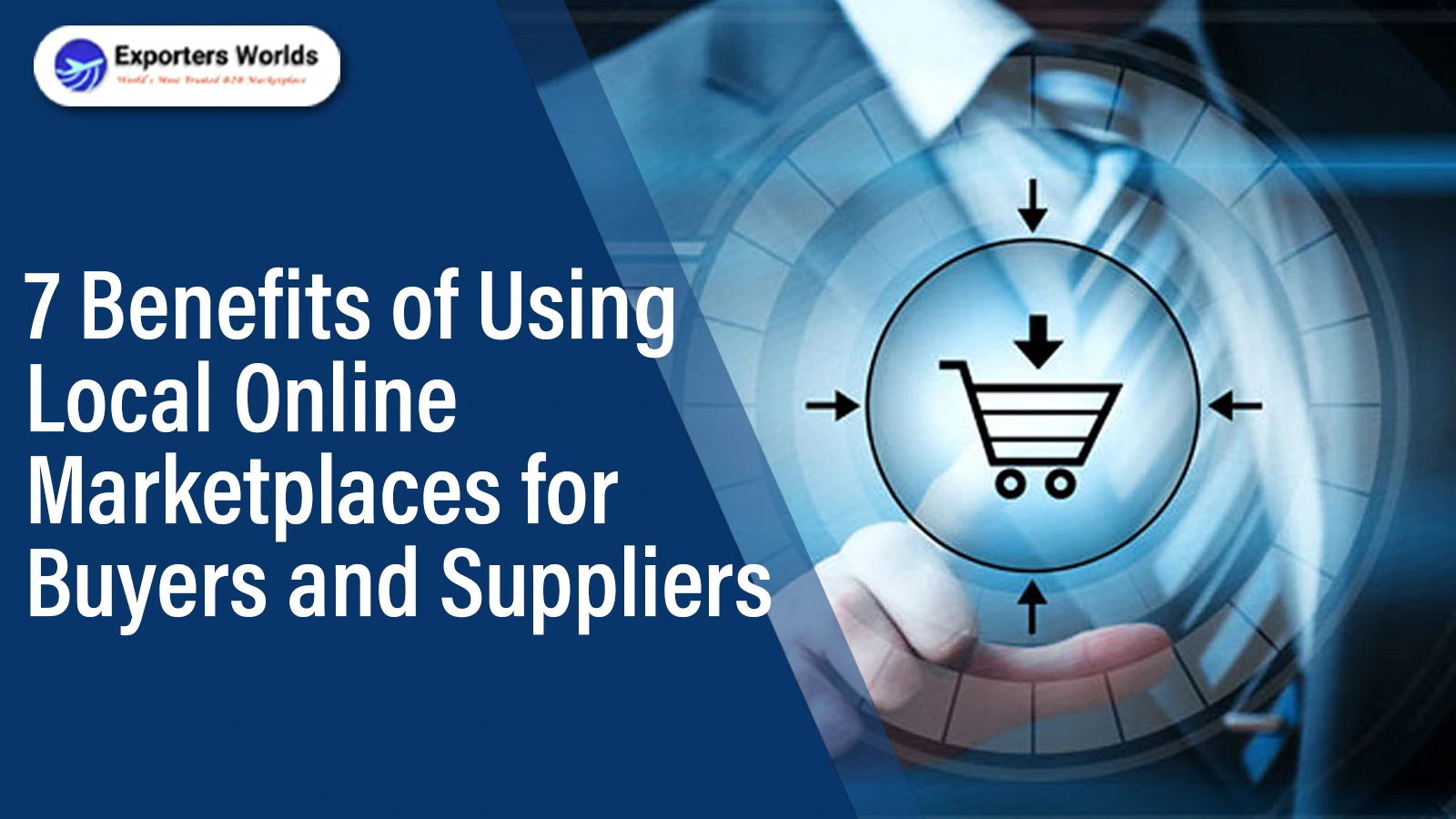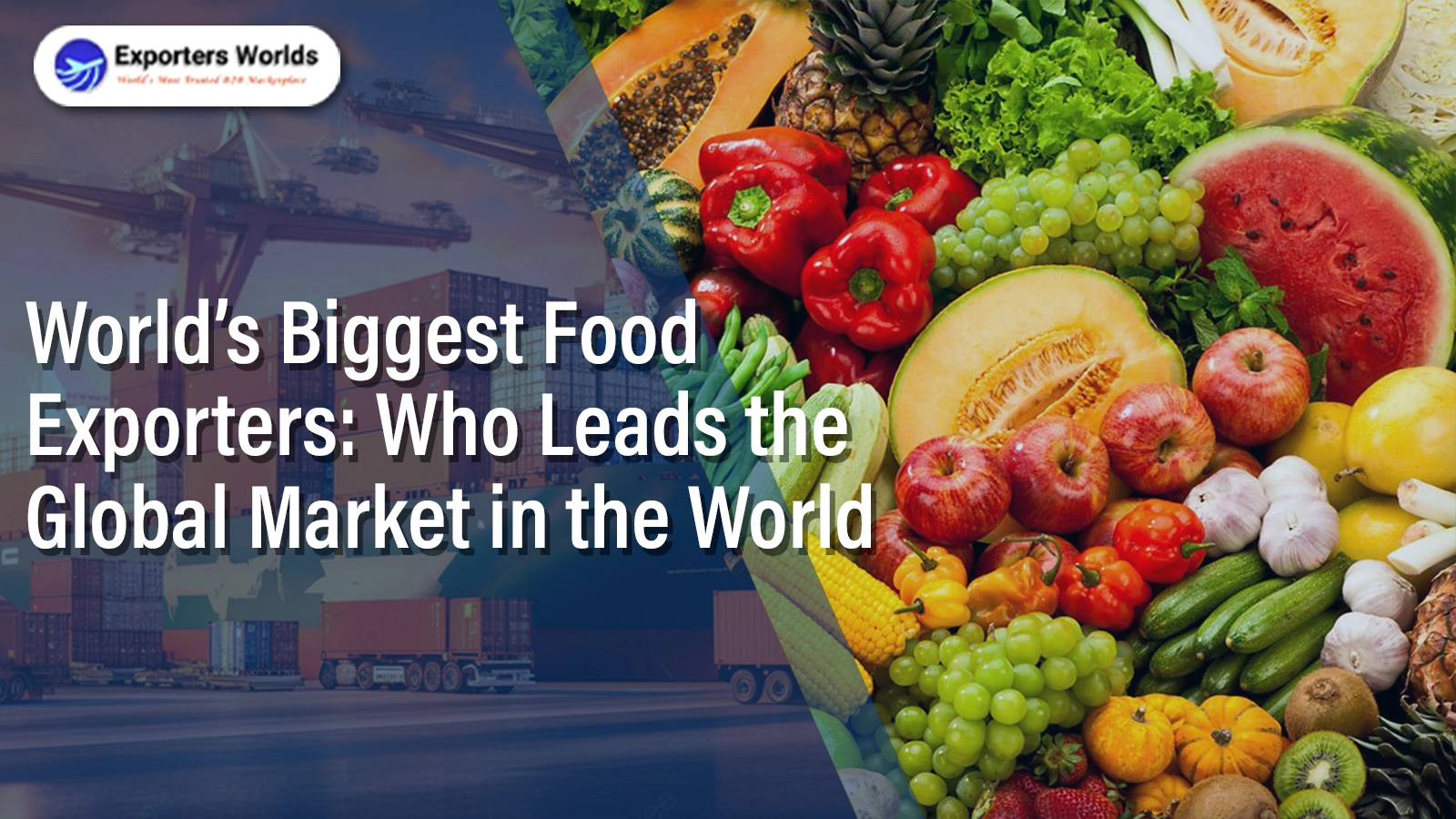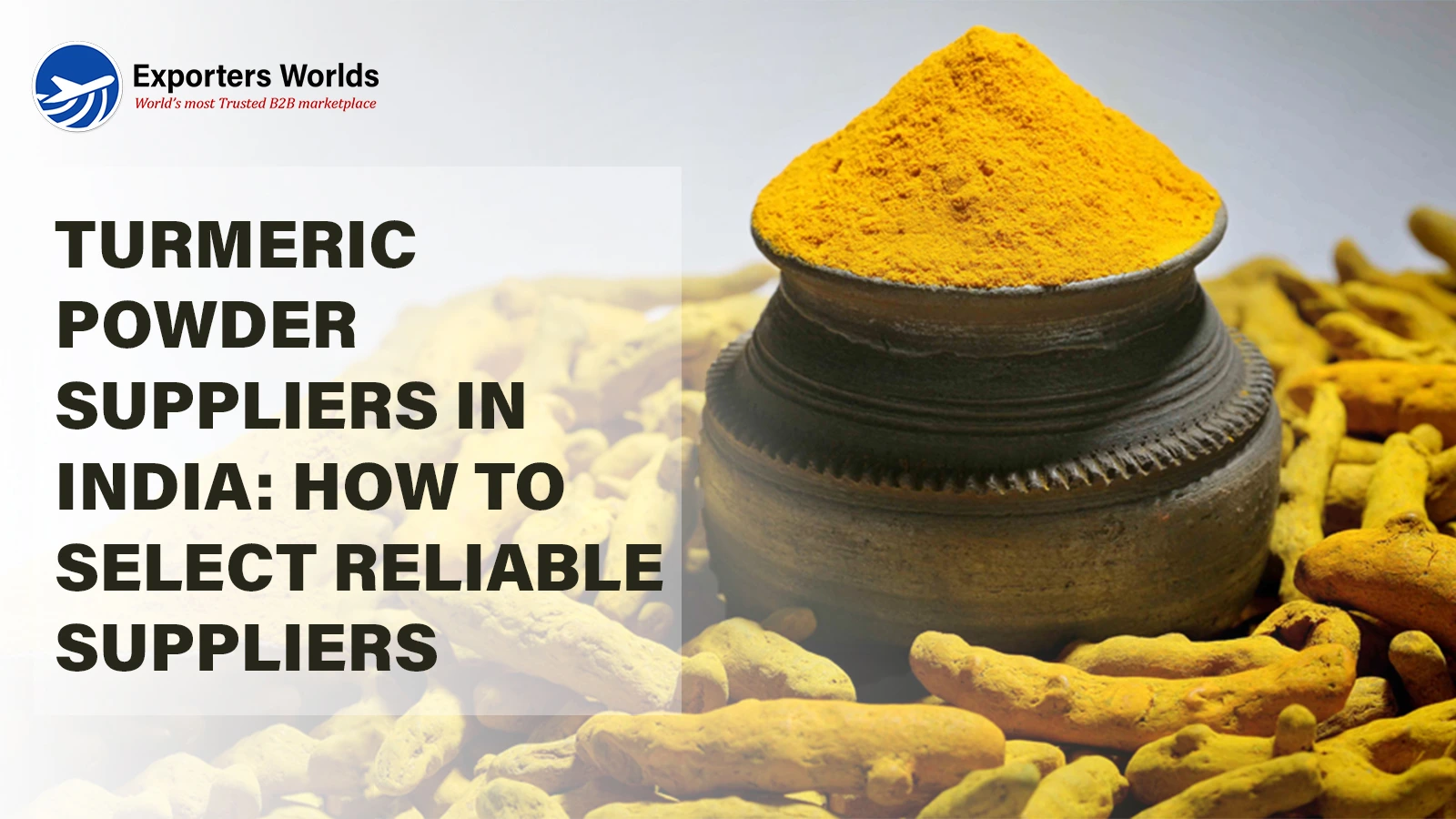7 Proven Ways to Get Cocoa Beans Buyers in Europe & USA
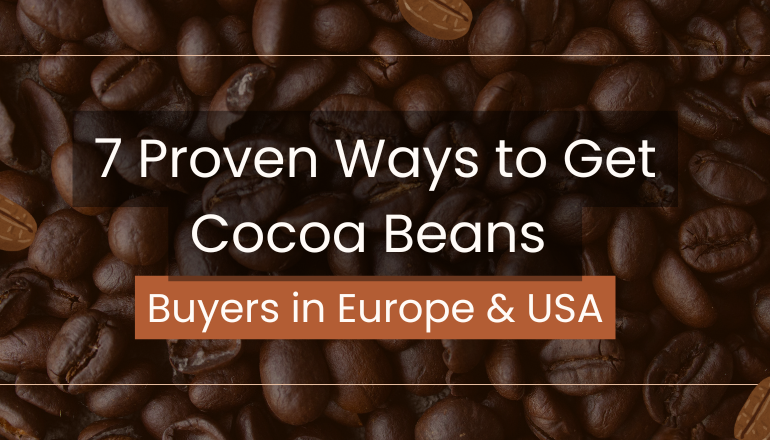
So, you're in the cocoa beans export game—great. But now comes the real challenge: how do you get serious, high-paying buyers from Europe and the USA to notice you, trust you, and actually buy from you?
Spoiler: It’s not about flooding inboxes or slapping your product on every platform. You need strategic positioning, smart outreach, and a deep understanding of what buyers in these regions really care about.
Let’s dive into how you can make that happen…
Why Target Europe & USA for Cocoa Bean Exports
High Demand and Strong Purchasing Power
Europe and the United States are chocolate powerhouses. Europe accounts for nearly 35% of global cocoa bean imports, with Germany, the Netherlands, and Belgium among the top destinations. The USA? It’s the largest chocolate consumer in the world, with Americans eating over 2.8 billion pounds of chocolate annually.
Translation? The demand is not just high—it’s massive and consistent.
What makes this more appealing is the purchasing behavior in these markets. Buyers don’t just look for the cheapest offer. They look for consistency, quality, certifications, and long-term reliability.
Regulatory Standards and Certifications
Sure, certifications can feel like a hurdle. But in the European and U.S. markets, they’re a language of trust. Fairtrade, Rainforest Alliance, UTZ, Organic, ISO 22000—these aren’t just stickers; they’re deal-makers.
For instance, over 70% of cocoa imported into the Netherlands is certified sustainable. And in the U.S., USDA Organic-certified imports have been growing at an annual rate of over 15%.
Without the right certification, you’re simply invisible to premium buyers.
Market Stability and Payment Security
Trade with buyers in Europe and the U.S. comes with structure. Contracts are clearer, legal protections stronger, and payment terms more reliable.
Yes, you might still deal with LCs, net-30s, or upfront partial payments, but you’re far less likely to chase down ghost buyers or suffer price renegotiations after shipment. Peace of mind? Definitely.
How to Identify Serious Cocoa Beans Buyers
Understanding Buyer Intent
Real buyers talk differently. They ask for certifications, Incoterms, port of origin, FOB or CIF pricing, and sometimes even request lab test results.
On the other hand, window-shoppers might just say, “Send details” or “Quote best price.” That’s not intent. That’s curiosity. Learn to differentiate.
Spotting Reliable vs. Risky Inquiries
A buyer using a free Gmail account, no business website, and asking for “free samples” should raise your antennas.
Serious buyers will email you with official signatures, company details, and product requirements. They may even ask about harvest periods, fermentation levels, or offer NDAs.
Pro tip? Check if they’ve participated in past trade shows or have existing supplier relationships.
Buyer Segments (Importers, Wholesalers, Manufacturers)
Not all buyers want the same thing.
· Importers are middlemen looking for bulk at competitive rates.
· Wholesalers might want packaged bulk with a consistent supply.
· Manufacturers? They often care deeply about origin, flavor profiles, and sustainability.
· Tailor your pitch. A one-size-fits-all email won’t cut it.
7 Proven Ways to Attract Cocoa Beans Buyers
1. List on B2B Marketplaces
Best Platforms for Cocoa Exporters (e.g., Exporters Worlds, Tradekey, Alibaba)
B2B platforms still work—but only if used strategically.
· Exporters Worlds offers industry-specific leads and visibility to buyers actively sourcing from emerging markets.
· Alibaba and Tradekey have large buyer bases, but competition is stiff. Standing out is about positioning.
Optimizing Your Product Listings
This is where most exporters go wrong. Blurry photos. Vague descriptions. No MOQ.
Instead, list:
· Clear quality specs (moisture %, bean count)
· Available certifications
· Port of shipment
· Payment and Incoterm options
· Professional brand imagery
2. Use LinkedIn to Connect with Importers
How to Build an Export-Focused Profile
Your LinkedIn isn’t your CV—it’s your digital handshake.
Use a professional profile photo. Your headline should say “Cocoa Beans Exporter | Certified | Ghana-Nigeria-Ivory Coast Origin.” Add a banner with product visuals. Feature links to your catalog or website.
LinkedIn Message Templates for Outreach
Don't be robotic. Be relevant.
Hi [First Name], I noticed your company works in cocoa distribution across Europe. I export certified, fermented cocoa beans from Nigeria and Ghana. If you’re exploring new suppliers, I’d love to share our spec sheet and samples.
Warm regards, [Your Name]
Short. Personalized. Specific.
3. Attend Global Food and Agro Trade Fairs
Recommended Fairs in Europe & USA
· Chocoa Amsterdam – Fully cocoa-focused, premium buyers attend.
· SIAL Paris – Massive food innovation fair, attracts thousands of importers.
· Specialty Food Association (New York) – Entry to high-end U.S. buyers.
What to Prepare Before You Go
Bring:
· High-quality samples (branded pouches, if possible)
· A killer one-pager (specs, MOQ, certifications)
· Business cards with QR codes linking to your catalog
· Clear pitch and confidence in your origin story
4. Partner with Export Promotion Agencies
Government and NGO Support for Exporters
Organizations like:
· ITC’s SheTrades
· USAID Trade Hub
· Cocoa of Excellence (by Bioversity International)
…actively support verified producers to access premium markets.
How to Get Listed in Buyer Databases
Your country’s export promotion council likely maintains an import-export database. Get listed. Many EU importers rely on these for safe sourcing.
5. Run Targeted Email Campaigns
How to Collect Emails of Cocoa Buyers
Scour:
· Trade fair exhibitor lists
· LinkedIn company profiles
· B2B directory listings (Kompass, Yellow Pages)
Validate them using tools like Hunter.io or Apollo.
Outreach Email Template That Converts
Subject: Trusted Cocoa Beans Exporter | Ghana Origin | Organic Certified
Hi [Buyer Name], I represent [Company Name], a certified exporter of premium fermented cocoa beans. We currently ship to buyers in [Country Names] and would be honored to explore a partnership with your firm. Attached is our product catalog and lab analysis. May I send you a sample?
Best regards, [Your Name]
6. Build a Professional Website for Your Export Brand
SEO Tips for Attracting Cocoa Beans Buyers
Target long-tail keywords like:
· “Bulk cocoa beans exporter from Ghana”
· “Organic fermented cocoa supplier Europe”
Use alt tags on all images. Add a blog. Keep loading speed below 3 seconds.
What to Include on Your ‘For Buyers’ Page
· Product specs
· Certificates
· Lab tests
· Port of origin
· Company overview
· Contact form with WhatsApp integration
7. Use Trade Directories and Buyer Databases
Verified Lists of Importers in Europe & USA
Some paid, some free:
· Kompass
· Export Genius
· ImportGenius
· Exporters Worlds
These are goldmines for data if used right.
How to Reach Out and Qualify Leads
Never blast an email. Personalize. Start small. Offer samples. Then follow up with clear documentation and readiness to ship.
Common Mistakes Cocoa Exporters Make (And How to Avoid Them)
Poor Documentation or Certifications
Missing a phytosanitary certificate or incorrect invoice terms can cost you deals—or even get your shipment rejected at port.
Documentation is currency in export. Get it right.
Ignoring Follow-Ups or Not Communicating Clearly
Buyers might request info three times and move on when you’re slow. Keep your WhatsApp active. Respond fast. Follow up. Be professional.
Not Understanding Buyer Preferences in Each Region
U.S. buyers may want large volumes and competitive pricing.
Dutch buyers? They may demand full traceability down to the farm level.
Adapt.
Final Thoughts: Build Long-Term Relationships with Cocoa Beans Buyers
Focus on Quality, Consistency, and Communication
You can’t scale without consistency. Buyers don’t want to start over with new exporters each year. Be that rare supplier who’s reliable, communicative, and transparent.
How to Turn One-Time Orders into Repeat Business
· Always ask for feedback.
· Offer loyalty perks.
· Share updates about harvests and availability.
· Send festive greetings—sounds small, but builds trust.
Remember: exporting isn’t a transaction—it’s a long-term relationship. One container shipped well can open doors to 10 more.
